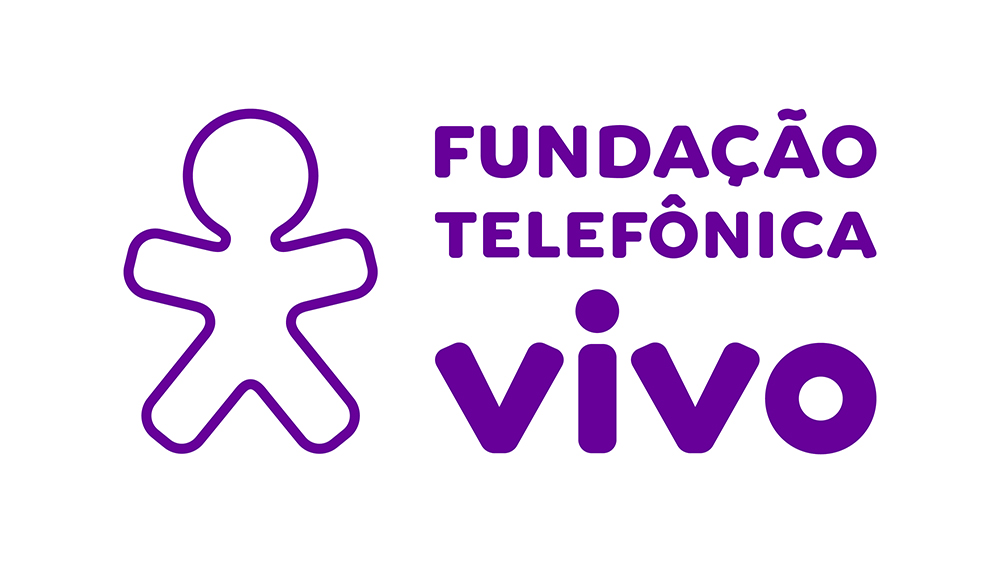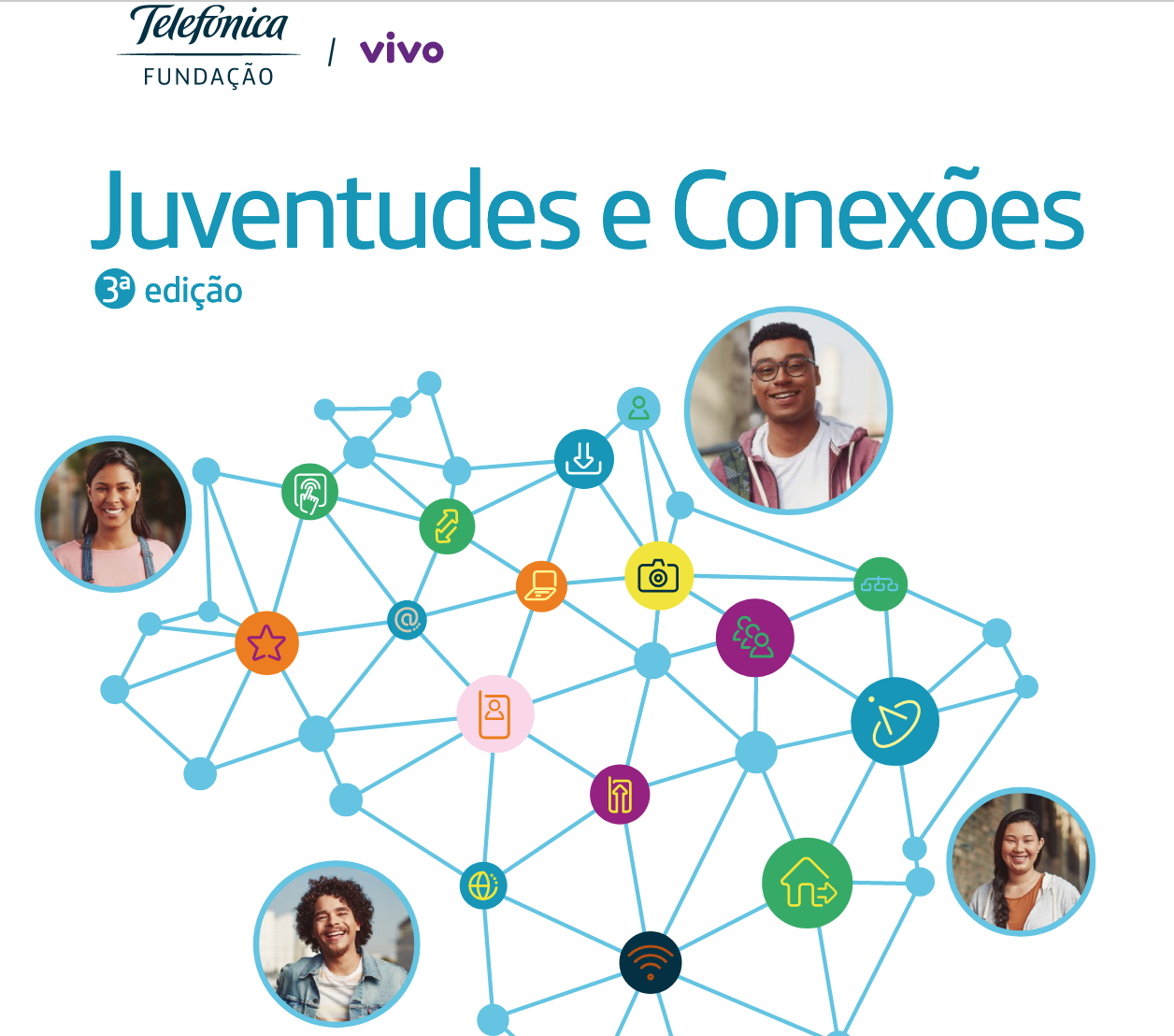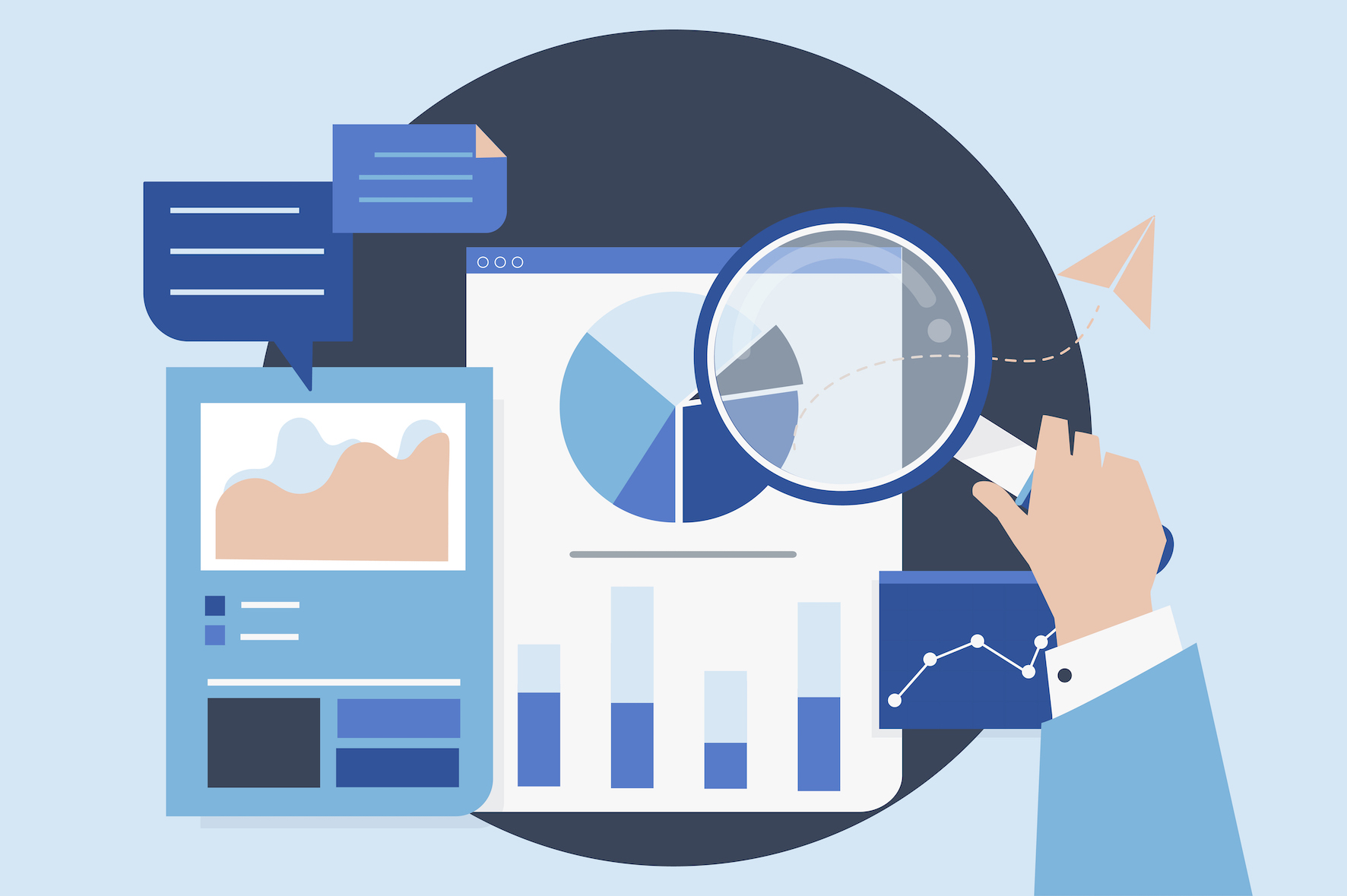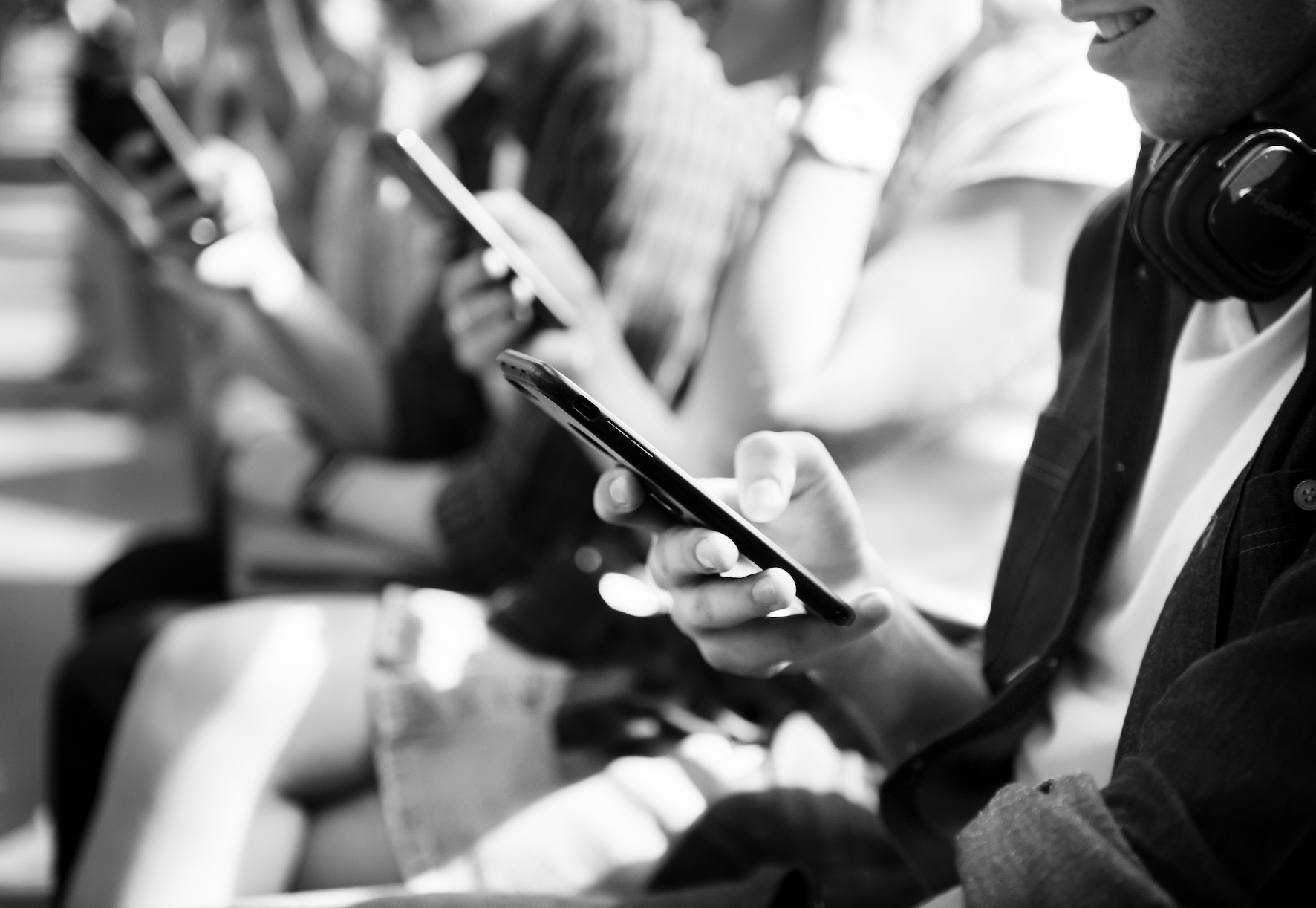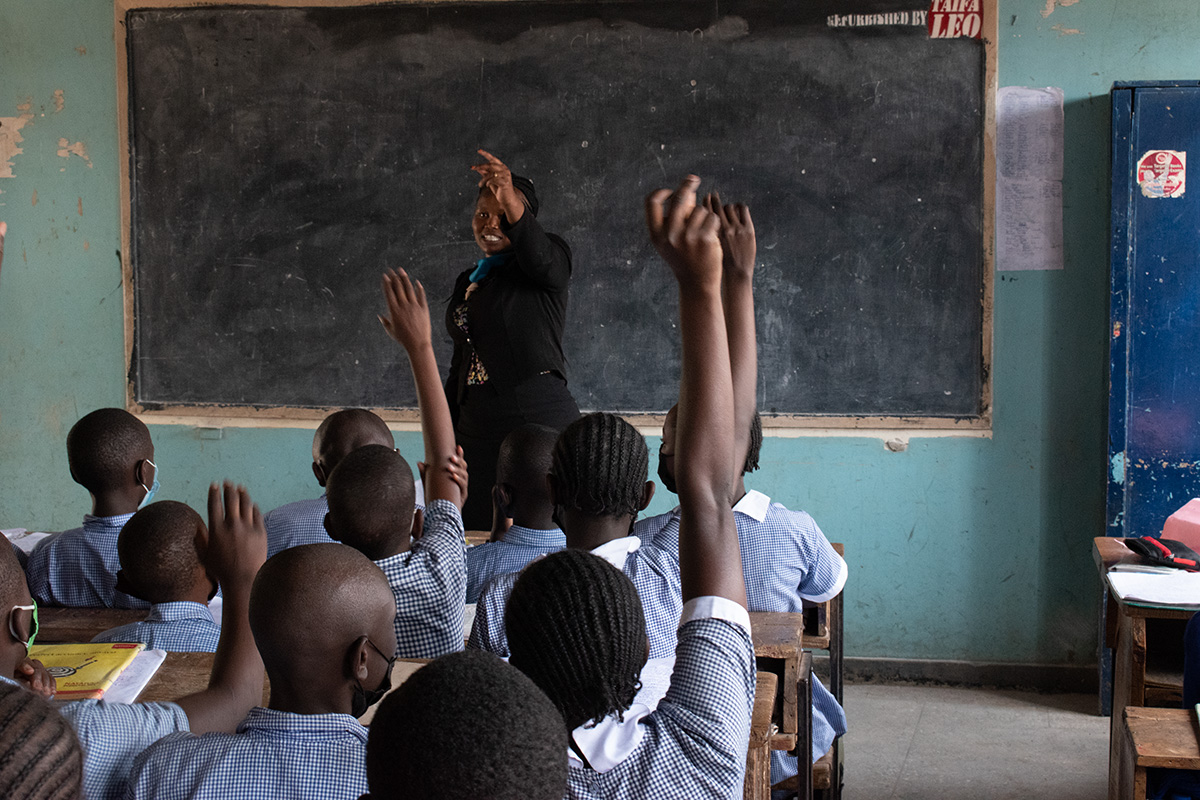*This post has been written with statements obtained by Fundación Telefónica Brasil for its article Tecnologia na escola: aliada ou inimiga?
The use of digital technologies by schools obliged them to embark on a path of no return a few years ago, a trend reinforced by the outbreak of the COVID-19 pandemic. With different levels of penetration and degrees of success, countries around the world are introducing the use of technology into their national educational curricula. While a wide-ranging and intense debate about the pros and cons of this process is taking place, the Telefónica Vivo Foundation has sponsored a survey in Brazil to ascertain the thoughts and opinions of the country’s young people with regard to the internet and digital technologies applied to numerous aspects of their lives, including education. The third Youth and Connections study, drawn up and presented in 2019 by the Social Knowledge Network in partnership with IBOPE Inteligência, took into account the opinions of 1,440 young internet users aged 15 to 29 from all social classes and all parts of Brazil.
What do young people think about the use of new technologies at school? Do they think it really improves the teaching-learning relationship? What, according to these young people, are the benefits and challenges imposed by connectivity on the school and its players? This post, which, in addition to the results of the survey, includes the opinions of educators and experts contacted by Fundación Telefónica Brazil, attempts to answer these questions.
Internet’s positive influence: greater dedication and flexibility
One of the main findings in relation to education reveals that, generally speaking, the respondents consider that the Internet improves their dedication to their studies, facilitates knowledge-sharing and brings more flexibility to the teaching-learning process. Thus, most of the respondents fully agreed with statements such as “I use the internet to prepare and evaluate myself for tests and exams”, “the internet increases exchanges of school and academic knowledge between people”, “with the internet it’s easier to do group work”, “I frequently use the internet to further my knowledge of a topic covered in the classroom” and “the internet enables me to learn at my own pace and at times suited to my needs”.
55% of the respondents also believe that the internet has had a positive influence on the time they devote to their studies (compared to 29% who believe the opposite) while 50% believe that it has also positively affected their concentration when it comes to doing school work (compared with 33% who don’t think it has).
However, we can’t ignore the percentage of young people who consider that the connected world can increase dispersion and the difficulty of managing their time, particularly in view of the multiple distractions on offer online. This is what one of the young participants declared during the course of one of the discussion groups. “You go to YouTube to study with a serious video with the content you need. But, in my case, I start studying calculus and within half an hour I might be watching a video of hens laying eggs”.
The teacher’s mediation is key
In addition to the study, the Telefónica Vivo Foundation in Brazil asked different young people and experts to complete this X-ray. This was the case of Hemily Correa, 22, a graduate in Accounting from the State University of Mato Grosso. This young woman born in Cáceres (MT) states that since basic education her relationship with the Internet for her studies has had its ups and downs; while it’s true that all the information she needs is at her fingertips, she also has problems finding what she needs.
“My generation hasn’t received guidance in the use of the internet and in the development of knowledge. It seems that everything is freely accessible, although the impact of the above in the era of fake news is far-reaching. Many people create information by uncritically clicking on “CTRL C + CTRL V”. In other words, you have access to everything but at the same time you don’t enjoy yourself very much, which generates lots of anxiety”, declares Hemily.
Making good use of the internet for research is one of the biggest challenges facing educator Ligia Roca, an arts and media teacher at a private school in the west of São Paulo.
“I realise that the students find it difficult to master the Internet. When Google brings up millions of results, they choose the first ones that appear from anywhere, without paying attention to the sources. My purpose is to guide them to ensure that they know how to perform good research”, says Ligia.
“The teacher must mediate between the knowledge that the school can provide and the student’s world. Technology can help a lot because it adds more creative resources to the dialogue with young people. But the teachers need to know their students well for this to be done properly”, comments Ligia.
A good complement if there’s self-discipline
Lorian Moreira de Toledo, aged 26, has always regarded technology as a partner for his studies, so much so that he graduated in Digital Design.
“I’ve always used technology for my studies. The format of my undergraduate classes was more interactive and collective, which attracted my attention more than the conventional lessons”, says Lorian.
“I use the Internet a lot to complement the things I’m learning. When I went to university, every day I’d look for information with additional content to answer questions, delve deeper into a particular topic or search for references”, states Lorian.
However, he believes that good use of the digital technologies for study depends on two key factors: the way in which the teacher incorporates the digital objects into the classroom and the students’ self-discipline to prevent the infinite possibilities of the internet from hindering their concentration.
“The Internet still runs parallel to school”
The Youth and Connections study showed that young people rate the teacher’s performance and the school as a place and source of learning very highly. The Internet and the whole digital universe occupy an important and relevant space in the daily life of this generation without standing out as the main knowledge reference for young people. In this regard, when asked about their sources of learning, 46% regard books as the most important one. 32% also consider cultural performances such as plays, dance and films to be important sources of learning, compared with 19% who regard videos and online channels as important sources, 15% who consider social media to be important and 11% who regard artificial intelligence tools and virtual reality as important learning sources.
According to Lúcia Dellagnelo, the director and president of the Centre for Innovation in Brazilian Education (CIEB), these results are related to the fact that technology is still little used in most of the country’s schools, although they allow several innovative pedagogical practices, including hybrids and learning by doing.
“Young people regard the Internet as something that runs parallel to the school, which they use to learn different things, anywhere and at any time. What the school needs to do is become a more contemporary place of learning with different organisation in terms of time and space.
According to this expert, four dimensions must be simultaneously articulated for digital technologies to be truly incorporated into education: 1) a clear vision of why we use the technology indicated in the school curriculum and the pedagogical practices that are adopted, 2) the competence of educators for searching for good contents and digital learning objects, 3) high-quality digital stories that go far beyond Google and PowerPoint and 4) an infrastructure with suitable equipment and connectivity to enable all students to access the internet.
“Education is a fundamental process of knowledge exchange between human beings. Technology facilitates the teacher’s role as an advisor, articulating information, provoking reflection and steering exercises for more meaningful learning”, concludes Dellagnelo.
To find out more about the Youth and Connections survey you can download it here.
